nown on Twitter as Fund of One, John is a business owner who has been tweeting the no-filter highs and lows of his acquisition.
When he and his family moved back to South Carolina, John decided to buy a business with the following criteria.
It had to be within 30 minutes of their new home. It had to have at least $250K in owner earnings so he could replace his salary, make loan payments, and reinvest in the company. And it had to cost less than $1.8M.
John also knew he didn’t want to own a restaurant, health care service, or retail space, as he realized those wouldn’t play to his strengths.
With such specific financial and geographical parameters, John knew his options would be limited.
After looking into a few businesses, in October 2021 John came across a residential appliance repair business that checked all his boxes. With seven technicians and three office staff, he was sure he could effectively manage the workforce. And he liked that about 75-80% of the revenue came from contracts with warranty companies and manufacturers, which provided steady income.
John paid full price, at $775K, based on $240K seller’s earnings. Since the acquisition, John has been tweeting almost daily reports. His no-holds-barred account covers everything from technology fails to overflowing email inboxes and contract issues.
In this episode of Acquiring Minds, John talks about the benefits of the appliance repair industry, why he’s happier strategizing big picture improvements rather than dealing with the day-to-day issues, and the humbling feeling of acquiring a business where the employees are already a tight-knit group. He also discusses his plans for growth in 2022.
Check out:
✳️ About John
✳️ Top takeaways from the episode
✳️ Episode highlights with timestamps
✳️ Links & mentions
Acquisition Entrepreneur: John
💵 What he acquired: In October 2021, after moving to South Carolina, John acquired a residential appliance repair business that met his very specific financial and location criteria. The final price was $775K: 15% from John himself, 5% from seller financing, and 80% from an SBA loan. Since then, John has been tweeting almost daily reports of his experiences.
💡 Key quote: “It took me months to figure out what buying a company was … and what the value was in a company. I was starting from scratch. I did slowly learn more about that, and as I did, it became clear that this was what I wanted to do. So I never really had any doubts or back and forth on it. The more I learned, the more I wanted to do it.”
👋 Where to find him: Twitter
Acquisition Tips From the Episode
Top takeaways from this conversation
🔧 Repairs are recession proof
John didn’t have a particular industry in mind when he decided to acquire a business. So he did his due diligence on the appliance repair industry as well as the company he acquired. What he saw was a long period of steadiness that was unlikely to suffer any abrupt losses.
As John puts it, “people are always going to have appliances.”
Appliances will always break and need repairs. And in economic downturns in particular, it will often be more financially prudent for people to repair their appliances than to replace them, making repairs a good industry to be in during tough times.
🪞 Know how big a business you can handle
John considered bringing in investors so that he could buy a bigger business. However, he felt it was more than he would be able to handle.
“I think if I walked into a 50- or 100-person company, the imposter syndrome would be crippling,” he says.
He doesn’t believe that either approach is better than the other, and thinks a lot of it comes down to individual personalities.
“I'd be lying if I didn't say that I look at some of these folks that have bought larger companies, and feel a little bit of jealousy for some of the good things about that,” John says. “But just as quickly as those feelings creep in, I remember how much better this fit is for me, and how there are so many great advantages to what I've got. And I'm having a blast, so I don't want to argue with that.”
📷 Find a business that allows you to work on it rather than in it
When John first acquired the business, he went through a period of hands-on learning. However, the business doesn’t depend on him for day-to-day operations. The previous owner spent about 20 hours a week on it.
Having the time and space to step back and look at the business as a whole, instead of digging into daily problems, gives John the opportunity to spot issues and plan improvements.
“How I'm thinking of this is, Where do we want to be years and years down the line? And what do we need to be doing right now to get there?” he says.
🤝 Show your new employees that you see them as more than money-makers
John considers motivating people to be one of his weaknesses, so he knew he wanted to work on it right off the bat.
In a business where seven employees get into repair vans in the morning and go off on their own jobs, it can be difficult to build trust with the employees and get to know them. So John has made a point to go on ride-alongs with each technician.
“What I want to come from that is a genuine sense that I do really, truly care about more than how much revenue you can bring in every day,” he says. “I already know I care deeply about each of the people that I work with, so part of it is convincing them that that's the case.
Episode Highlights
Inflection points from the show
[1:54] Studying up: When John first heard about acquiring a business, he wasn’t even sure what it meant. But he spent months studying the concept, and the more he learned, the more certain he became that he wanted to do it.
[4:03] False startup: Prior to learning about acquisitions, John considered starting a company from scratch, but never found any viable options.
[4:55] The checklist: John and his family knew where they wanted to live in South Carolina, and he knew he wanted a business within 30 minutes of their home. He also wanted at least $250K in owner’s earnings, and was willing to pay a maximum of $1.8M.
[6:31] Being open-minded: With such firm location and financial criteria, John knew he’d have to be more flexible on the type of business.
[8:12] Shopping around: John looked into 15 businesses, and could see himself running about eight on further inspection. He submitted a letter of intent (LOI) on one, but was beat out.
[9:36] Widening the net: John connected with brokers and began pulling PPP data that would help him target specific industries, rather than just relying on websites like BizBuySell.
[11:33] Promising numbers: One of the things John liked most about the business he ended up acquiring was that about 75-80% of the revenue came from contracts with warranty companies and manufacturers. He knew he wouldn’t have to be a marketing guru to make the business work.
[12:56] Repairing still pays in broken economies: John looked into the appliance repair industry as a whole and saw how steady it was. Even in an economic downturn, people still need their appliances to work.
[15:01] The new guy: Coming into the business, John was keenly aware of the sense of community the company had, which he found both humbling and exciting.
[17:52] Playing it small is a bigger thrill: John considered putting together a traditional search fund, but ultimately decided against it, because he prefers to run a smaller company.
[20:44] Worth the ask: While John threw out different offers, the sellers remained firm in their asking price. In the end, John decided he didn’t want to let a few thousand dollars stand in the way of a great opportunity. He acquired the business for $775K, on the basis of $240K in seller’s earnings.
[28:59] Stepping back to take it in: The staff run the business, which allows John to work on strategy and overall improvements, rather than day-to-day issues.
[29:26] New Year’s resolutions: With the first few months of ownership under his belt, John is planning to start 2022 off with new mission and vision statements, focusing on serving his employees, the customers, and the community.
[35:05] The less glamorous side: While John has a lot of positive reports from his time as owner, it’s not without its challenges. John outlines those difficulties, and how he reminds himself of the positives when processes get frustrating.
[40:46] All on board: Since taking over, John has been doing ride-alongs with his service technicians to get to know them and build trust, something that has been extremely valuable to him.
Links & Mentions
✅ The Argument for Self-Funded Search: Jordan Carter and Robert Graham on Acquiring Minds




%20-%20thumbnail.png)
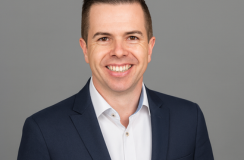

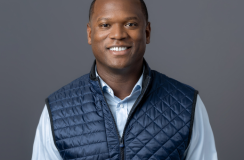
%20-%20thumbnail.png)

.png)




%20-%20thumbnail.png)


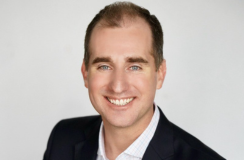
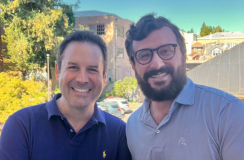




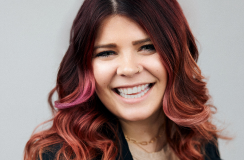


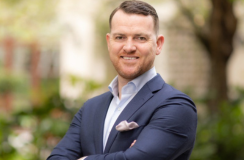



%20-%20thumbnail.png)


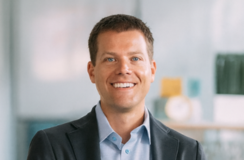

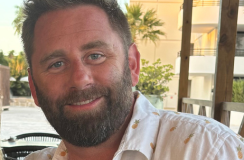


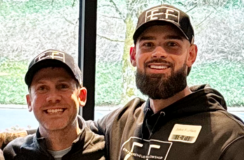
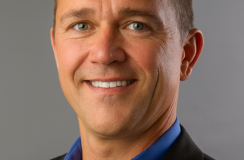



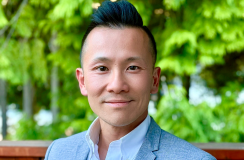

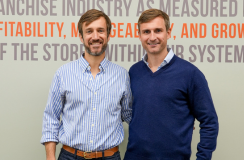

























































.jpeg)



